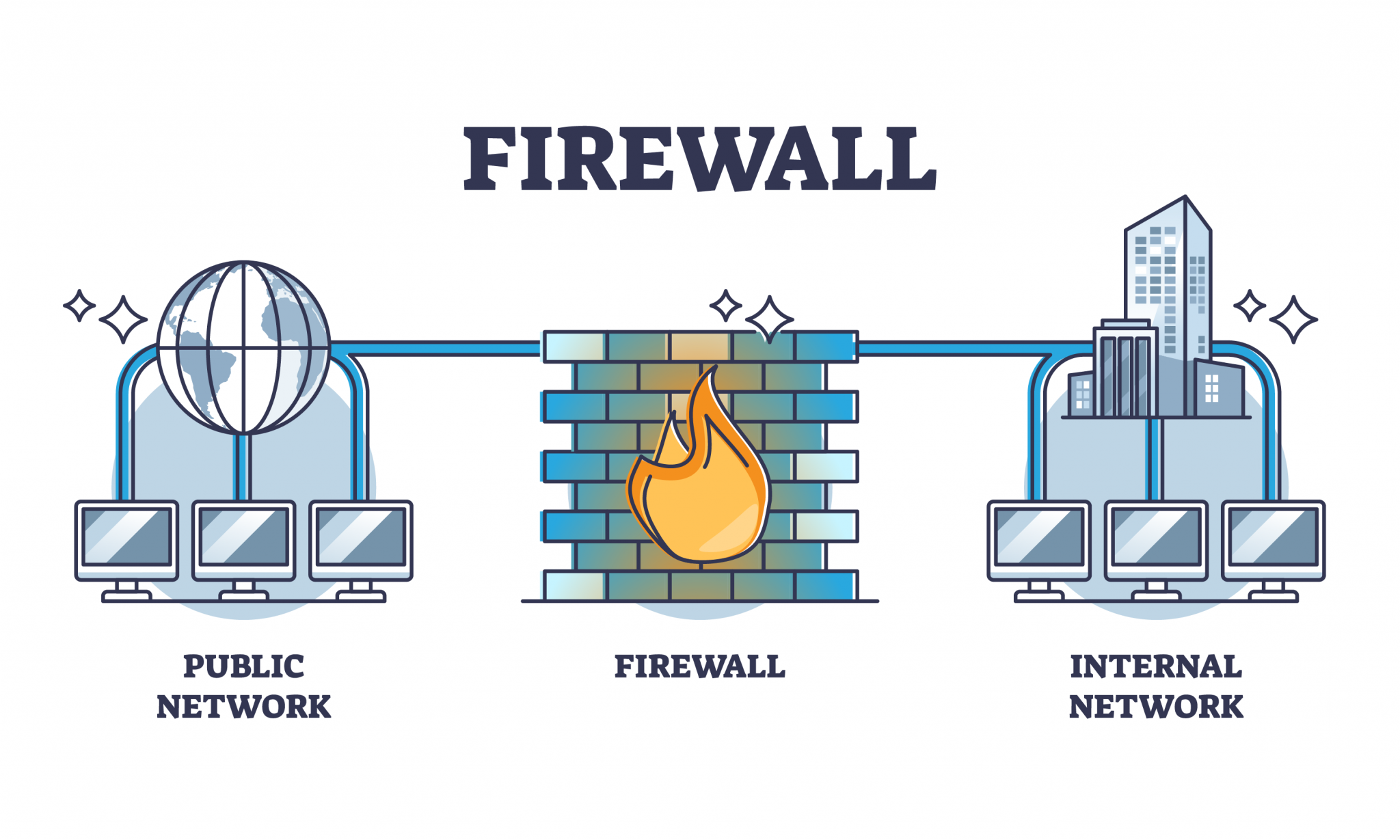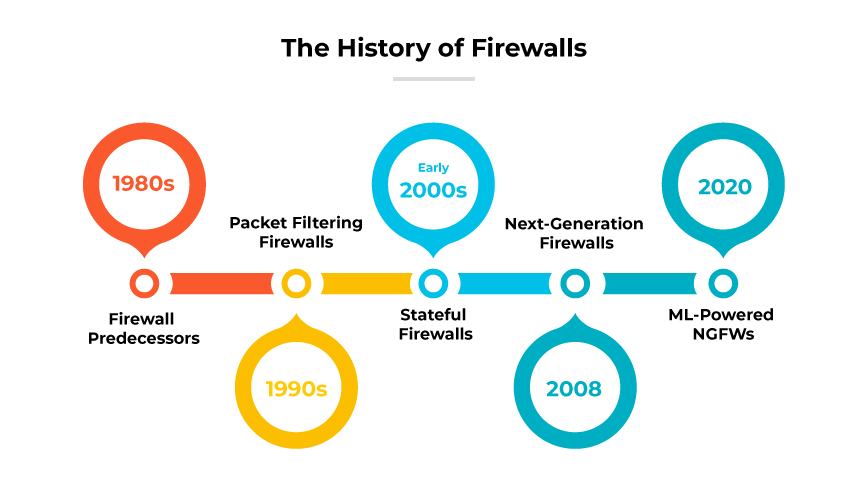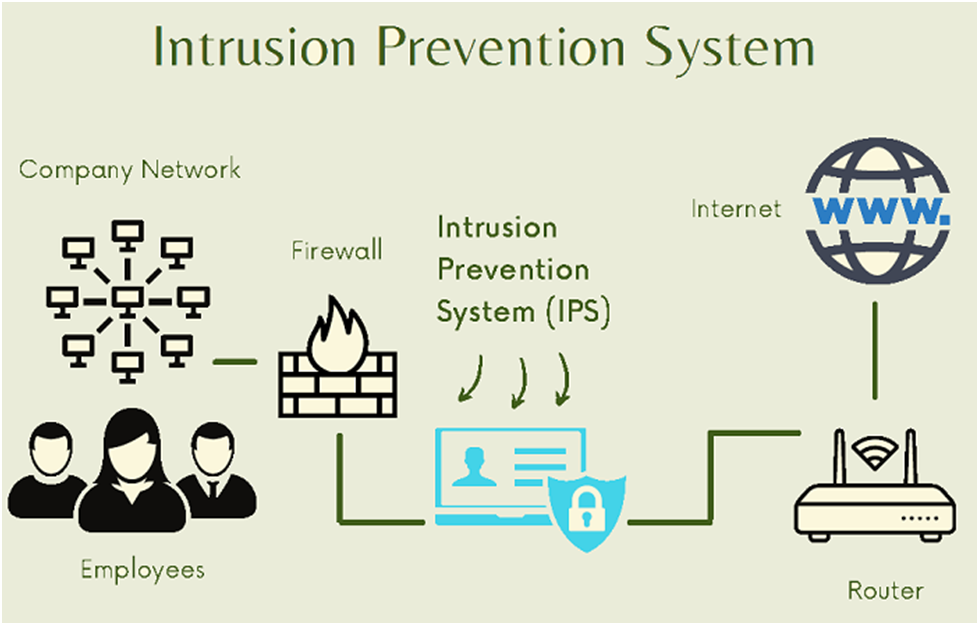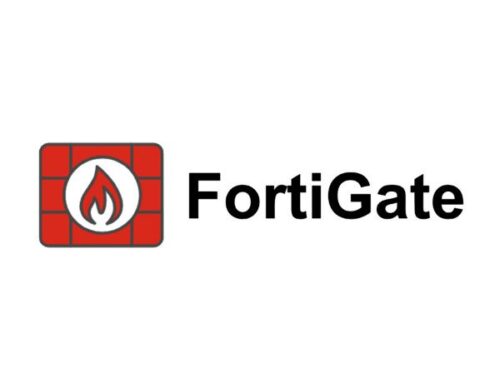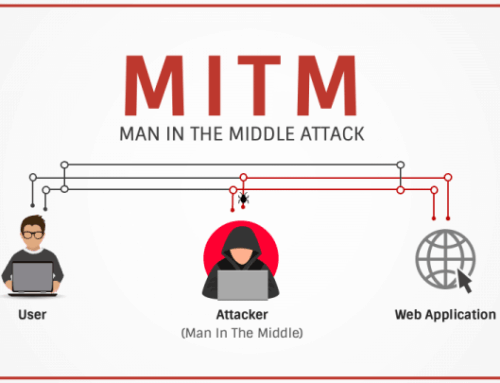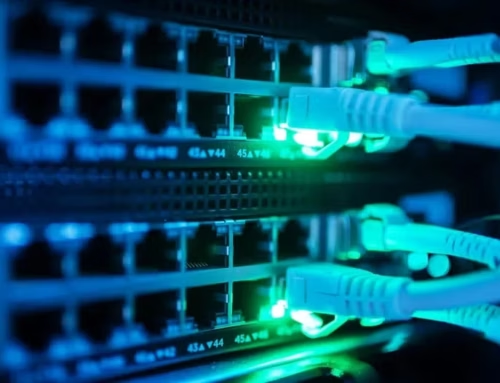
The Evolution of Firewalls: From Hardware to Cloud.
Evolution of Firewall: From Network Security to Cloud Firewalls
In today’s digital landscape, the evolution of firewall technology is crucial for maintaining robust network security strategies. From traditional hardware firewalls to advanced cloud firewalls, understanding this evolution is essential. This article explores the journey of firewalls, their significance in modern IT infrastructure, and their adaptation to the evolving threat landscape of cloud platforms.
Introduction to Firewalls
What is a Firewall?
A firewall is a crucial security system that monitors and controls incoming and outgoing network traffic based on predetermined security policies. Essentially, firewalls provide a barrier between a trusted internal network and untrusted external networks, such as the internet, acting as the first line of defense against potential threats.
Importance of Network Security
Network security is of paramount importance for organizations of all sizes, safeguarding sensitive data and intellectual property. Teamwin Global Technologica recognizes the critical nature of network security and offers advanced security technologies to protect its customers’ businesses and ensure secure and reliable IT operations.
Overview of Firewall Technology
Firewall technology, including stateful inspection firewalls, is a key element of IT infrastructure designed to inspect network traffic, detect malicious activities, and prevent unauthorized access. TeamWin offers enterprise AI-driven next-generation firewalls. These solutions are designed to inspect network traffic, detect malicious activities, and prevent unauthorized access, ensuring the integrity and availability of critical systems. Modern firewalls provide a comprehensive security solution.
Evolution of the Firewall
Historical Development of Firewalls
The evolution of firewalls has seen significant advancements. Initially, firewalls started with packet filtering and have since evolved into stateful inspection firewalls. However, the technology progressed, offering improved security capabilities, and eventually leading to more sophisticated systems. We can outline this progression as follows:
- Packet filtering firewalls
- Stateful firewalls with improved inspection capabilities
These traditional firewalls provided basic security functions but lacked the sophistication to address modern threats. Over time, stateful firewalls emerged, offering improved inspection capabilities.
Transition from Traditional to Next-Generation Firewalls
The transition to next-generation firewalls (NGFWs) marked a significant advancement. This was largely due to key features, including:
- Deep packet inspection (DPI)
- Intrusion prevention system (IPS)
- Application firewall capabilities, including web application firewalls, provide enhanced detection and intrusion prevention.
Key Milestones in Firewall Evolution
Key milestones include application firewalls and intrusion detection/prevention systems, enhancing the ability to mitigate sophisticated cyber threats. Key milestones in the evolution of firewalls include several important developments, such as:
- The introduction of application firewalls, particularly web application firewalls, provides granular control over application-layer traffic.
- The development of intrusion detection and intrusion prevention systems.
These advancements have significantly improved the ability of firewalls to detect and mitigate sophisticated cyber threats.
Types of Firewalls
Network Firewall
A network firewall is a traditional security system that operates at the network layer, examining network traffic to enforce security policies. These firewalls provide fundamental security functions by controlling access based on source and destination IP addresses, ports, and protocols. While effective for basic threat mitigation, network firewalls lack the advanced capabilities to detect and prevent sophisticated attacks.
Next Generation Firewall
Next-generation firewalls (NGFWs) integrate deep packet inspection (DPI), intrusion prevention system (IPS), and application firewall capabilities. TeamWin offers enterprise AI-driven next-generation firewalls. These advanced systems integrate deep packet inspection (DPI), intrusion prevention system (IPS), and application firewall capabilities to provide comprehensive network security. Teamwin Global Technologica also provides advanced firewalls such as FortiGate, Sophos, and Checkpoint, offering enhanced detection and intrusion prevention.
Cloud-Based Firewalls
Cloud-based firewalls offer scalability and flexibility, protecting cloud infrastructure and applications with intrusion detection and prevention. Cloud-based firewalls, also known as virtual firewalls, are firewall solutions deployed in a public cloud environment. These firewalls offer scalability and flexibility, allowing organizations to protect their cloud infrastructure and applications. Cloud-based firewalls provide security services, including intrusion detection and intrusion prevention, ensuring robust network security in the cloud.
Cloud Firewalls and Cloud Security
What is a Cloud Firewall?
A cloud firewall is a virtual firewall deployed in a cloud environment to protect cloud-based assets. These firewall solutions provide security measures for cloud computing environments, inspecting network traffic and enforcing security policies to prevent unauthorized access and cyber threats in collaboration with cloud providers. Cloud firewalls are essential for maintaining cloud security in public, private, and hybrid cloud environments.
Benefits of Cloud-Based Security Solutions
Cloud-based security solutions offer scalability, cost-effectiveness, and simplified security management. Teamwin Global Technologica’s expertise in cloud security and regulatory assurance directly addresses compliance needs. By leveraging cloud service security, organizations can enhance their network security posture, reduce operational overhead, and ensure compliance with industry regulations. TeamWin empowers businesses with secure, scalable, and affordable IT solutions.
Firewall as a Service (FWaaS)
Firewall as a Service (FWaaS) provides firewall capabilities on a subscription basis, eliminating the need for hardware deployment and management. This approach eliminates the need for organizations to deploy and manage their own hardware firewalls, reducing capital expenditure and operational complexity. FWaaS solutions offer advanced security features, such as intrusion prevention, deep packet inspection, and application firewall, ensuring robust network security in the cloud. Organizations can define specific firewall rules to further enhance security.
Detection and Intrusion Prevention
Intrusion Detection Systems (IDS)
Intrusion Detection Systems (IDS) detect malicious activities and security breaches within a network by monitoring network traffic for suspicious patterns. These security systems monitor network traffic for suspicious patterns and anomalies that may indicate an intrusion, generating alerts to notify security personnel of potential threats. The integration of intrusion detection with other security strategies enhances the overall security posture of the network infrastructure.
Next-Generation Detection Techniques
Next-generation detection techniques use machine learning and AI to enhance threat detection capabilities, identifying sophisticated attacks in the context of the latest generation of firewalls. Next-generation firewalls (NGFWs) incorporate deep packet inspection (DPI) and behavioral analysis to identify sophisticated attacks that traditional firewalls may miss. TeamWin offers enterprise AI-driven next-generation firewalls that provide advanced threat intelligence and intrusion prevention, ensuring robust network security.
Firewall Policies for Enhanced Security
Firewall policies define and enforce security rules, controlling access to network resources and mitigating potential threats, often utilizing network address translation. Properly configured firewall rules control access to network resources, preventing unauthorized access and mitigating potential threats. Regular review and updates to firewall policies are crucial for adapting to the evolving threat landscape. Palo Alto Networks, FortiGate, Sophos, and Checkpoint provide advanced firewall solutions.
Future of Firewall Technology
Trends in Network Security
Emerging trends include increased adoption of cloud-based firewalls and Firewall as a Service (FWaaS) solutions. These cloud-based security solutions offer advanced security measures, such as intrusion prevention and deep packet inspection, ensuring robust network security in dynamic cloud environments. Organizations are increasingly turning to virtual private network configurations to enhance network security.
Integration of AI and Machine Learning
Integration of AI and machine learning revolutionizes threat detection and intrusion prevention with real-time threat intelligence. TeamWin offers enterprise AI-driven next-generation firewalls. AI-powered firewalls can automatically learn and adapt to new threats, providing real-time threat intelligence and enhancing the overall security posture. Machine learning algorithms analyze network traffic patterns to identify anomalies and potential security breaches, improving detection accuracy.
The Role of Firewalls in a Cloud-Centric World
In a cloud-centric world, firewalls are crucial for securing cloud environments and protecting cloud-based assets. Teamwin Global Technologica provides cloud security solutions tailored for modern cloud platforms. Cloud firewalls provide security measures for virtual networks, inspecting network traffic and enforcing security policies to prevent unauthorized access and cyber threats. As organizations continue to migrate to the cloud, the importance of cloud firewalls will only continue to grow, requiring advanced firewall capabilities.
5 Surprising Facts About the Evolution of Firewalls from Hardware to Cloud
- Early firewalls were primarily hardware-based, relying on physical devices to monitor and control incoming and outgoing network traffic.
- The introduction of software firewalls in the late 1990s allowed for more flexibility, enabling users to install security measures directly on their devices.
- Cloud-based firewalls, also known as Firewall as a Service (FWaaS), offer scalability and cost-effectiveness, making them an attractive option for businesses of all sizes.
- Modern firewalls integrate advanced technologies such as artificial intelligence and machine learning to enhance threat detection and response capabilities.
- The shift to cloud firewalls has led to the development of new security paradigms, including zero-trust architecture, which assumes that threats could be internal or external to the network.
What is the evolution of firewalls from hardware to cloud?
The evolution of firewalls from hardware to cloud has transformed how organizations approach cyber security. Initially, firewalls were hardware-based devices that established a network perimeter to control access and protect against unauthorized entry. As technology advanced, firewalls evolved into software solutions, and now many are hosted in the cloud, allowing for greater flexibility and scalability in managing network security.
How do traditional firewall capabilities differ from next-generation firewalls?
Traditional firewalls primarily focused on packet filtering and controlling network traffic based on predetermined rules. In contrast, next-generation firewalls incorporate advanced features such as deep packet inspection, intrusion detection, and application awareness, providing enhanced visibility into network data and a more comprehensive approach to security that addresses modern threats.
What are the types of firewalls used in network security?
There are several types of firewalls used in network security, including stateless firewalls, stateful firewalls, and next-generation firewalls. Stateless firewalls make decisions based solely on the information in the packet headers, while stateful firewalls track the state of active connections. Next-generation firewalls combine various functions, including intrusion prevention and application control, to provide robust network protection.
How does moving to the cloud affect network security systems?
Moving to the cloud significantly impacts network security systems by shifting the focus from traditional hardware-based solutions to cloud-based security models. This allows organizations to leverage scalable resources and advanced security services while maintaining control over network access and ensuring compliance with security requirements.
What role does network management play in firewall technology?
Network management is crucial in firewall technology as it involves monitoring and configuring firewalls to ensure optimal network performance and security. Effective network management enables organizations to adapt their security infrastructure to evolving threats and maintain established security policies across the network.
How do cloud-based firewalls enhance network protection?
Cloud-based firewalls enhance network protection by providing real-time updates and scalability that traditional firewalls often lack. They offer centralized management and can be easily integrated with other cloud-based security solutions, allowing for comprehensive visibility into network data and improved control over network traffic.
What are the security service requirements for next-generation firewalls?
Next-generation firewalls require robust security service capabilities, including threat intelligence, deep packet inspection, and the ability to analyze network behavior. These firewalls must also accommodate dynamic security requirements as organizations grow and their network architecture changes, ensuring ongoing protection against emerging cyber threats.
What is the significance of having visibility into the network for firewall policies?
Having visibility into the network is critical for effective firewall policies, as it allows security teams to understand traffic patterns, identify anomalies, and respond to threats more effectively. This level of insight helps in refining security policies to better protect the network perimeter and maintain compliance with security standards.

